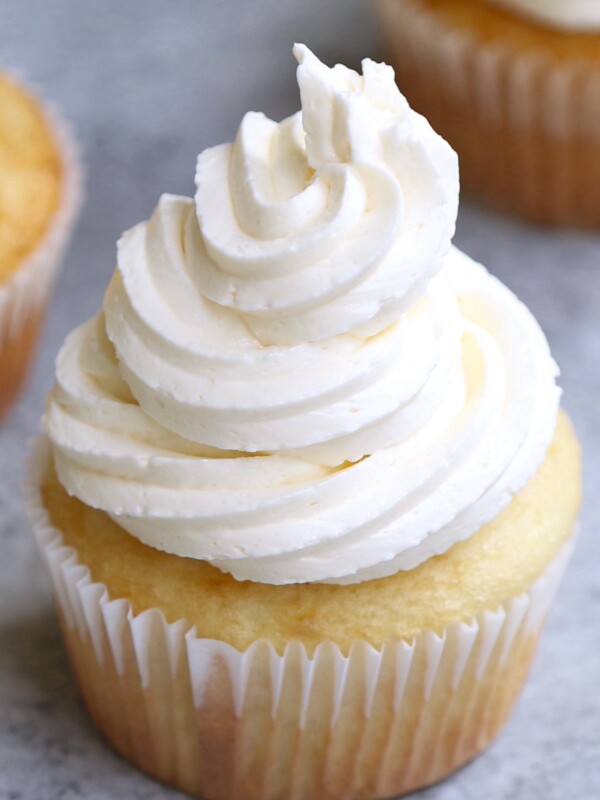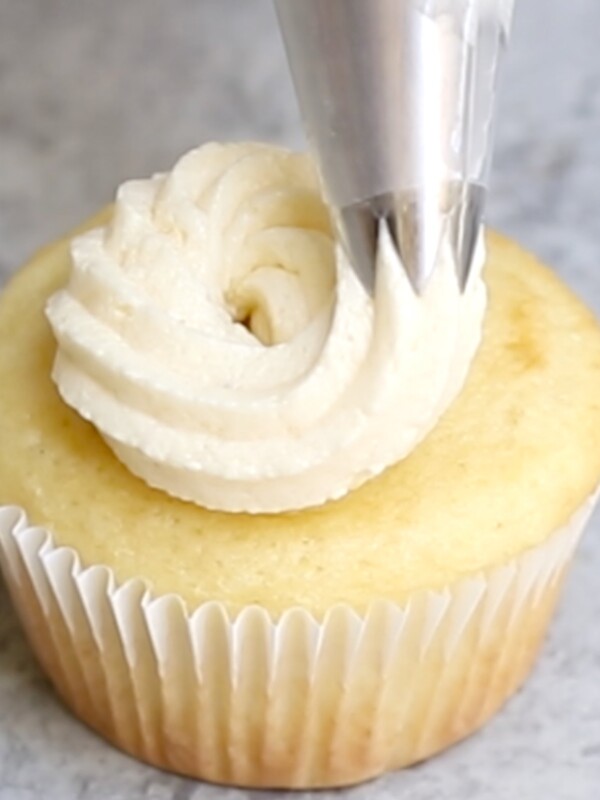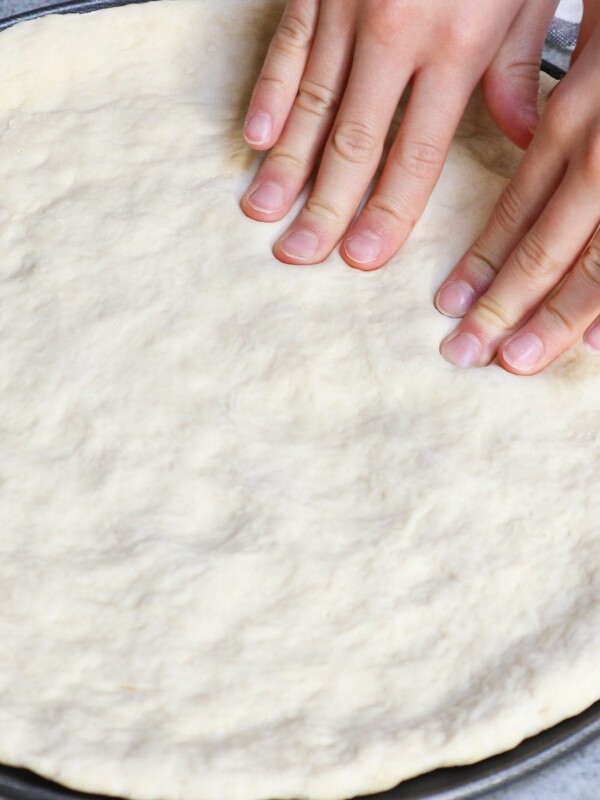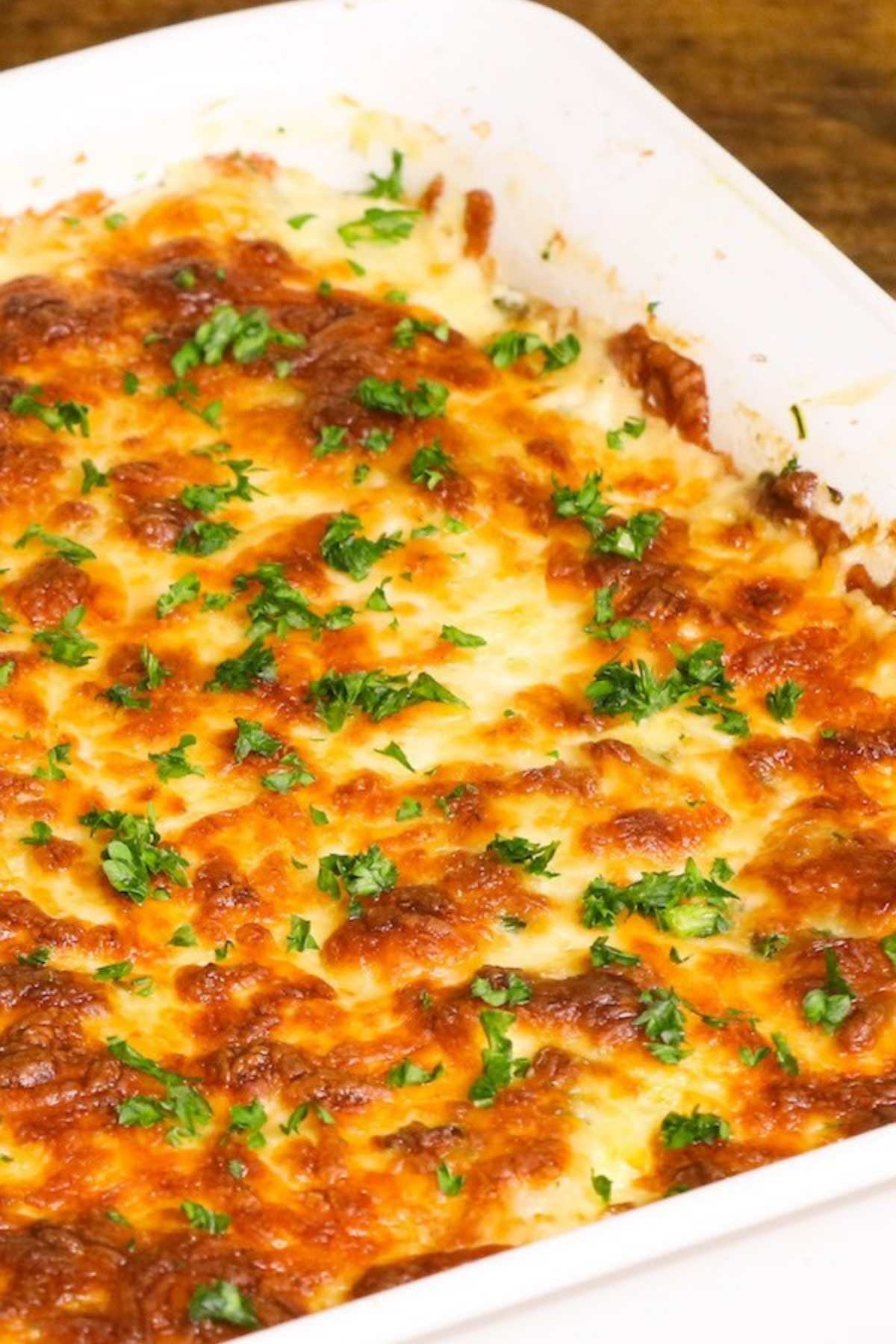Duck Internal Temperature Guide
on Apr 20, 2022
This post may contain affiliate links. Please read my disclosure policy.
When cooked to the right temperature, the roasted duck is tender, juicy, and delicious with crispy skin. If it’s overcooked, it will be tough and dry. A whole duck needs to reach a minimum internal temperature in order to be consumed safely.
Duck is a type of poultry that can be prepared in many ways. It is high in fat, and rich in both protein and iron. In addition to the ever-popular Peking roast duck served at Chinese restaurants, diners also enjoy dishes like duck confit, pan-seared duck breast, and sous vide duck breasts.
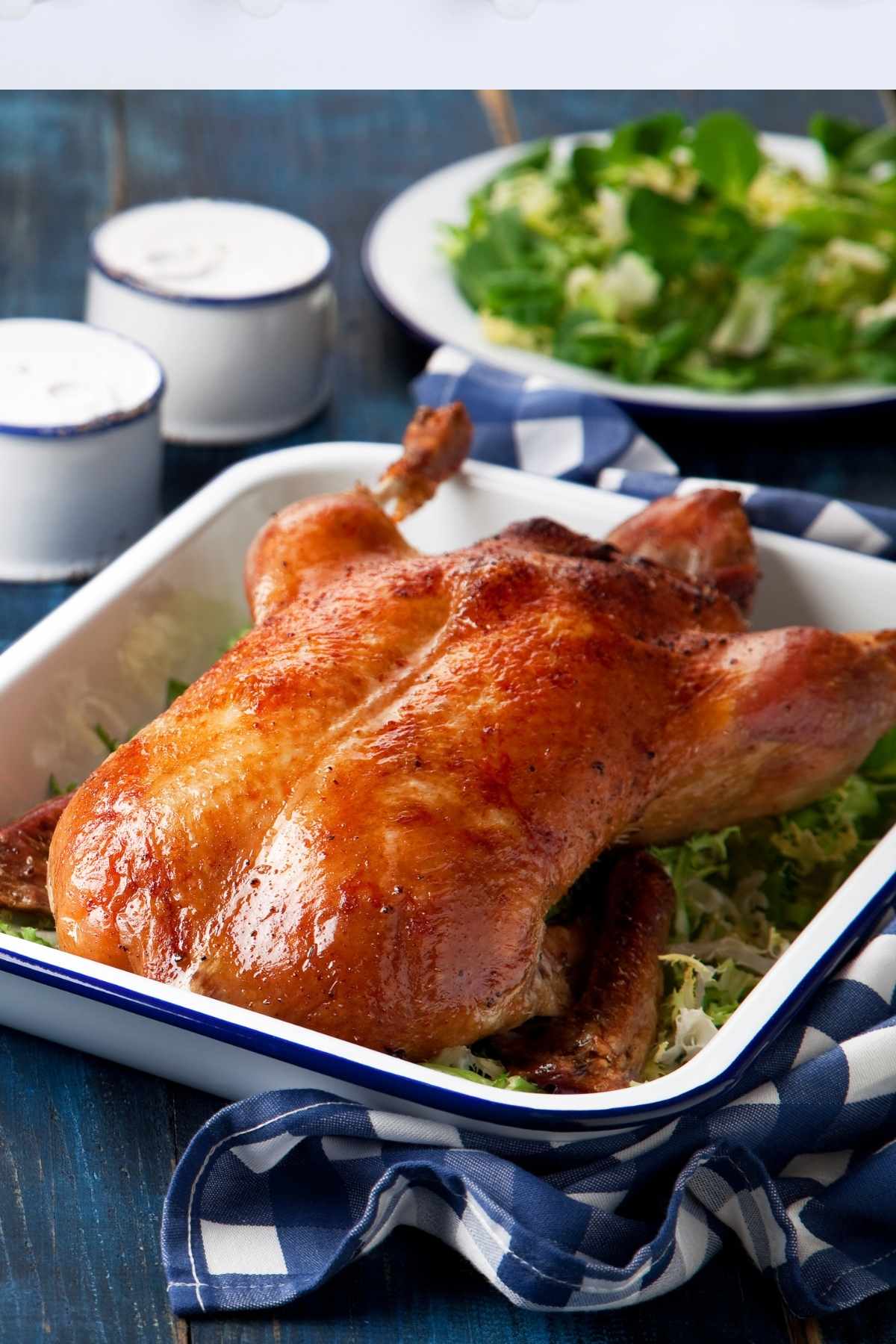
If you’re new to preparing duck, it’s very important to fully cook the duck before it’s served. In this post, we’re sharing everything you need to know about cooking duck including the minimum internal temperature it must reach before eating, a guideline for cooking times, and a recipe for roast duck.
What is the Proper Internal Temperature for Cooked Duck?
The United States Agricultural Department (USDA) recommends a minimum internal temperature of 165°F for a cooked duck. The best way to check the temperature is to use an instant-read food thermometer.
How to Know When Duck is Done: Use an Instant Read Thermometer
An instant-read food thermometer will provide an accurate reading of the internal temperature of the duck. Insert the probe into the thickest part of the thigh, ensuring it doesn’t touch the bone. If the temperature is 160°F, the duck can be removed from the heat. It will continue to rise in temperature as it rests. Duck is safe to eat when it reaches 165°F.
Duck Cook Temperature and Times (Unstuffed Duck)
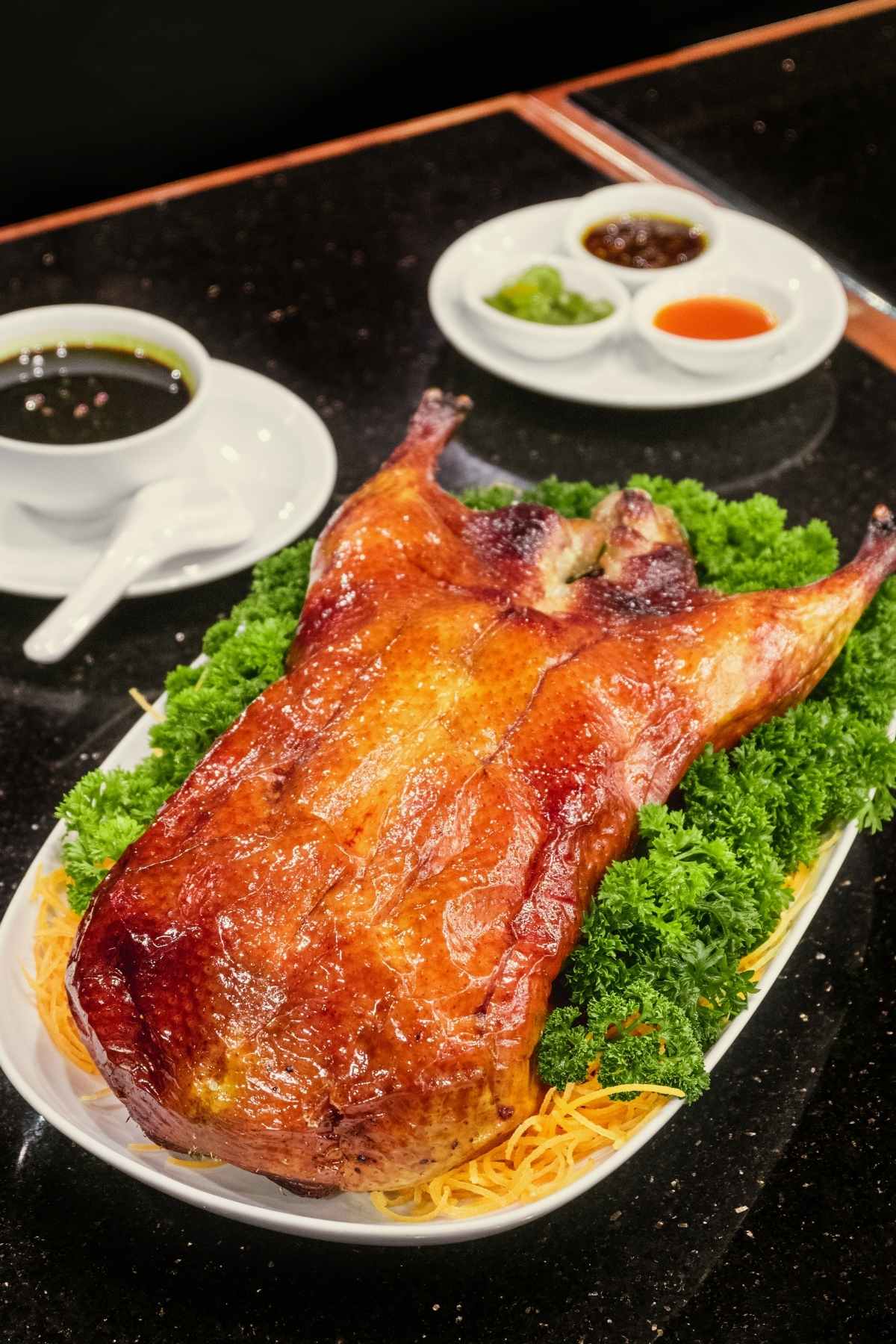
| Roasting Time | Oven Temperature | |
| Whole Duck (4-6 lb) | 30-50 minutes | 350°F |
| Duck Breast | 12-15 minutes | 425°F |
| Duck Thighs | 75-90 minutes | 325°F |
Note: If the duck is stuffed, add 15 to 30 minutes of additional cooking time.
How to Cook Duck Breast to Medium-well on the Stove
When duck cooks, it tends to release a lot of fat from the skin. Remove the rendered fat from the skillet and set it aside.
Turn the duck breast over in the skillet and continue to cook for 8 to 10 minutes or until an instant-read food thermometer inserted into the breast reaches 137°F. The breast should feel medium-firm to the touch and the color of the meat should be pink when cut.
Frequently Asked Questions
Is It Safe to Eat Duck Medium-rare?

Duck meat poses less of a risk of Salmonella compared to other types of poultry, which is one of the reasons it is often served medium-rare. That being said, the USDA does recommend that duck be cooked to a minimum internal temperature of 165°F.
Can You Eat Duck if it’s Pink in the Middle?
Unlike chicken breast which is white in color when cooked, duck breasts have a hint of pink and the texture is similar to red meat. If you’re uncomfortable eating duck that is still pink, go ahead and cook it until it reaches 165°F.
What Temperature Should a Whole Duck Be?
A fully cooked whole duck must reach an internal temperature of 165°F. The best way to check for doneness is to insert an instant-read food thermometer into the thickest part of the thigh, ensuring the probe does not touch the bone.
What Temperature Should Duck Breast Be?
All parts of the duck, including the breast, should reach a minimum internal temperature of 165°F.
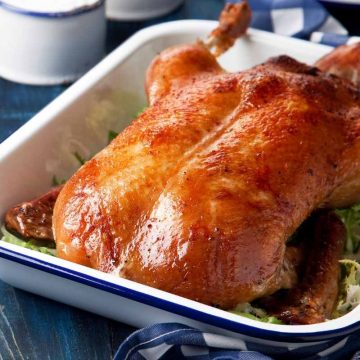
How to Roast a Duck
Ingredients
- 5-6 lb duck
- 2 tbsp salt
Cavity Stuffing:
- 4 garlic cloves
- 2 shallots
- 4 lemon slices
- 1 apple quartered
- 1/4 cup prunes
Glaze
- 1 cup honey
- 2 tbsp molasses
- 3 tbsp orange juice
- 1 tbsp soy sauce
- 1 tbsp black pepper
- 2 tbsp garlic powder
- 3 garlic cloves pressed
Instructions
- Using a sharp knife, score the skin of the duck breast in a diamond pattern. Avoid cutting too deeply to ensure the flesh is not penetrated with the knife. Remove any excess fat and use a skewer or the tip of a knife to poke all of the skin, avoiding the flesh. This will allow the fat to render, producing a lovely crisp skin.
- Season the entire duck with salt, including the cavity. Combine the stuffing ingredients and stuff the cavity. Use toothpicks or a metal skewer to close the skin around the cavity. This will keep the stuffing in the cavity and will produce a moister bird. Cross the legs of the duck and use cooking twine to keep them together. Tuck the wings under the duck.
- Place the duck in a roasting pan in a preheated oven set to 300°F. Bake for 1 hour, breast side up. After 1 hour, remove the duck from the oven and prick the skin all over again. Flip the duck so it’s breast side down and roast for another hour. Continue the process of poking the skin and flipping the duck every hour for a total of 3 hours.
- Combine the ingredients for the glaze in a medium pan. Simmer for about 10 minutes until the glaze thickens. Remove the pan from the heat and set aside.
- After 3 hours, remove the duck from the oven and poke the skin once more. Increase the temperature of the oven to 400°F and cook for 15 minutes, breast side up. Brush the duck with the glaze and bake for 5-7 minutes. Serve and enjoy with your favorite side dishes!
Nutrition information provided is an estimate only and will vary based on ingredient brands and cooking methods used.
